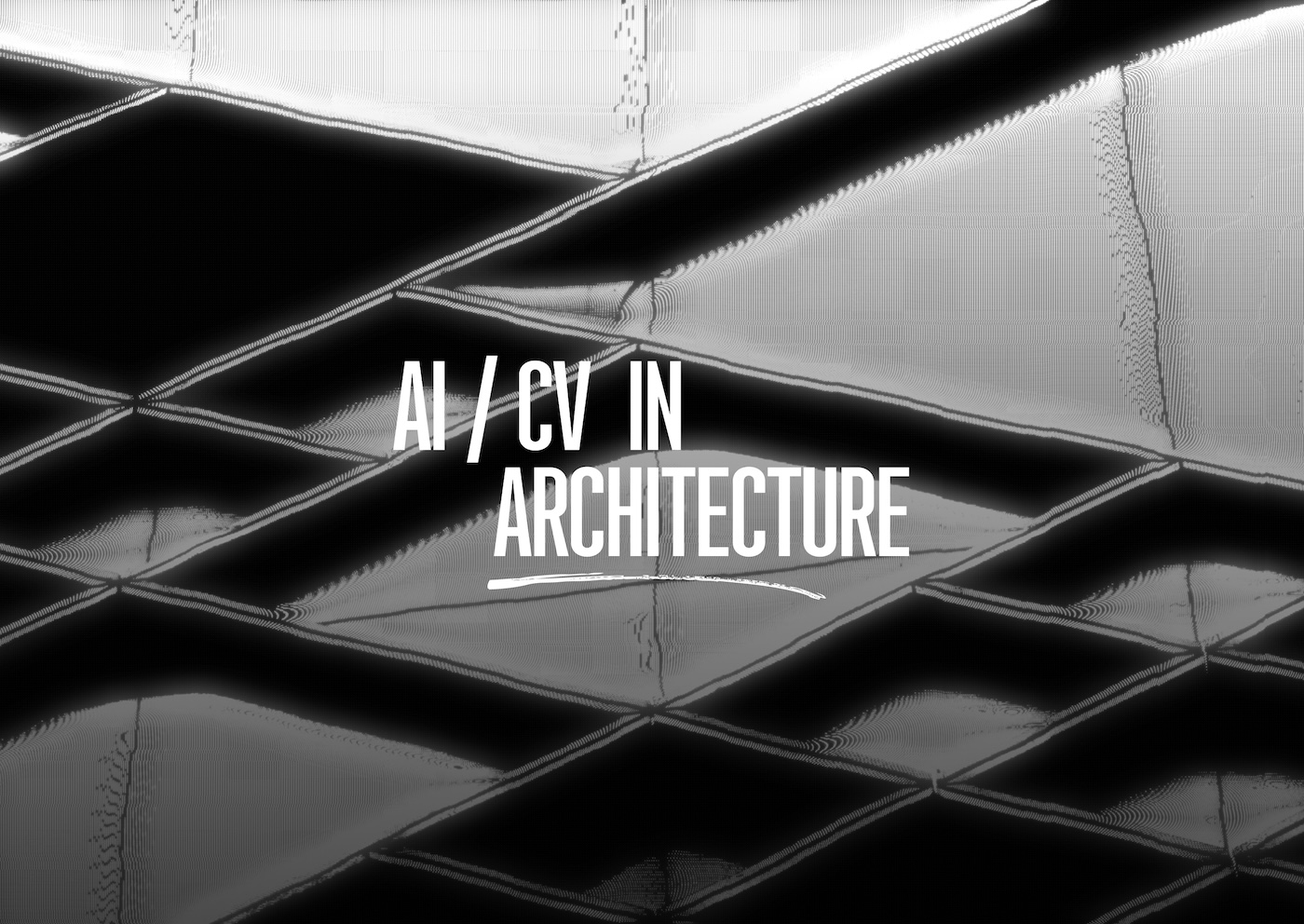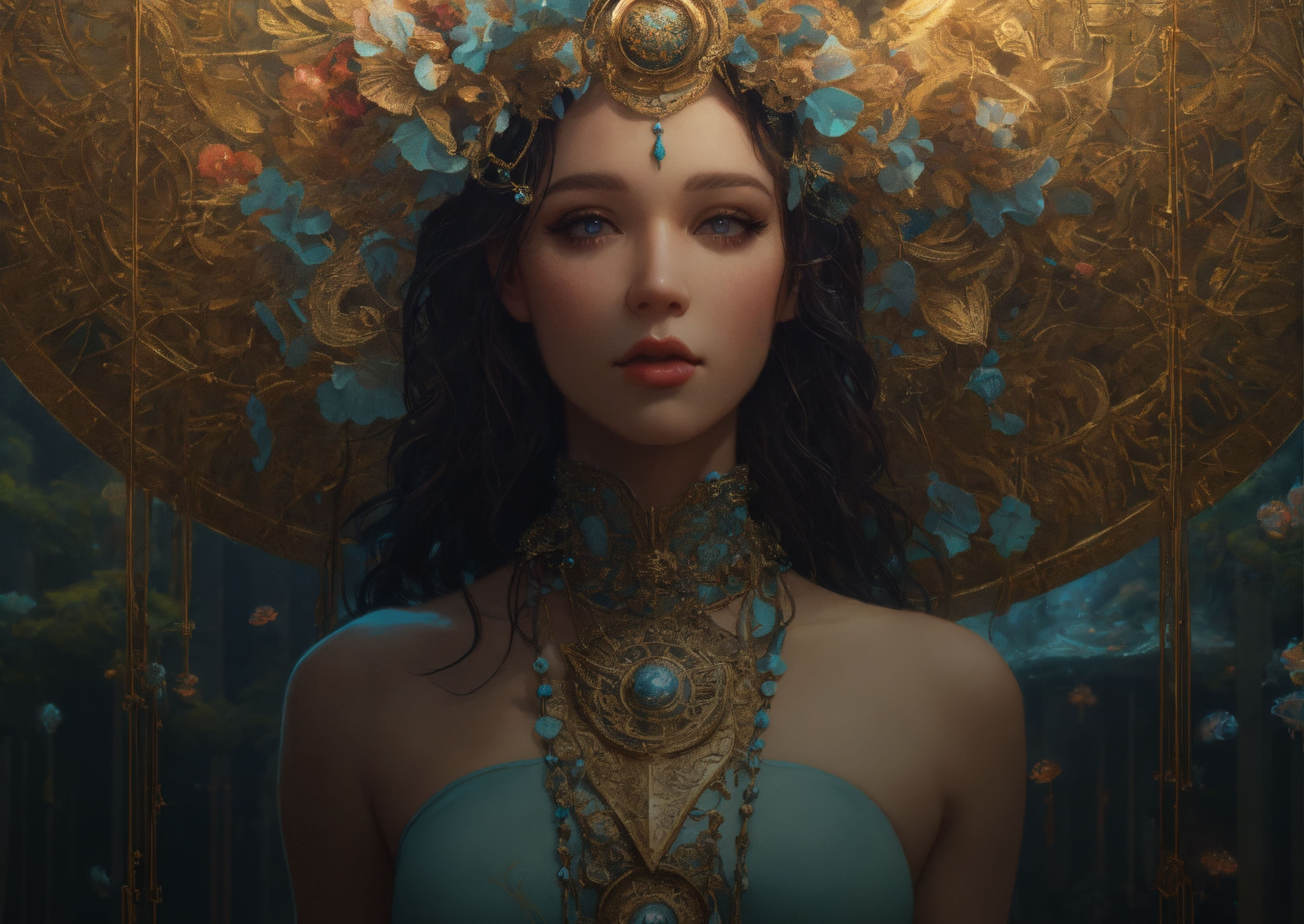

Artificial intelligence, once mainly linked to functional applications like security and autonomous driving, is now making significant inroads into the art world, so AI and art makes new creative process. This shift redefines our engagement with and understanding of art, pushing its boundaries beyond traditional limits.
This article explores the emergence of AI in creating new forms of digital and interactive art. We delve into the role of generative algorithms as creators, offering fresh insights into the nature of creativity. Also, we review Generative AI essential tools, which helps a lot to create a digital masterpiece. Additionally, we discuss how AI contributes to dynamic and interactive art installations that engage audiences in novel ways.
Before the rise of Generative AI in art, creative technology initiatives were already exploring the intersection of art and machine learning. A prime example of this is the Next Rembrandt project launched in 2016. It used data analysis and machine learning to create a new Rembrandt-style painting. The project team analyzed existing Rembrandt paintings to understand his style and techniques. They then applied these insights to generate a completely new artwork, not by replicating but by emulating Rembrandt's unique approach.

Another significant example from this period is the creation of 'Edmond de Belamy,' a portrait generated by an AI algorithm developed by the Paris-based art collective Obvious. This artwork, created using a generative adversarial network (GAN), was one of the first AI-generated pieces to be sold at a major auction house, fetching a significant price and marking a milestone in recognizing AI-generated art.
The evolution of Generative AI technology has significantly accelerated the fusion of art and AI. Although the idea of AI replacing artists seemed far-fetched years ago, the landscape will dramatically shift by 2023. The rapid development of Generative AI has democratized creative expression in the digital realm, making it accessible to all.
Generative AI is a subset of artificial intelligence focused on creating new content, from text and images to music. It examines vast amounts of data and identifies patterns, structures, and relationships in that data. Using techniques such as deep learning, generative AI can create original outputs that mimic the material it has learned, often with remarkable creativity and complexity. This technology is an engine for innovation, enabling the generation of new ideas and creations that can exceed the traditional boundaries of human design and skill.
Creativity has changed; you don't need traditional art tools like paintbrushes and colors to create art. Instead, learning how to use Generative AI tools such as Stable Diffusion, DALL-E, or Midjourney is enough. These tools work based on text prompts, where you describe what you want to create. The more detailed your description, the better the AI can generate an image that matches your idea.
This process allows for the creation of unique images through repeated attempts. Generative AI enables users to explore different concepts, including creating variations of their AI avatars, such as wizards, magicians, and detectives, expanding how we can express creativity today.
For instance, by prompting the DALL-E model to create an image of the Hermione character from Harry Potter in a Disney movie style, we can obtain the following result:

Let's explore essential ai tools commonly used by those actively engaged in AI-driven image creation.
A vital tool worth exploring is Stable Diffusion. Stable Diffusion includes ControlNet, which improves how users can control image attributes like style and composition. This allows creators to fine-tune the details of the images produced by AI, ensuring that the final output aligns more closely with their artistic vision or project requirements. You can create images with a specific modality; for example, you can control the pose in which a person will be drawn.

Stable Diffusion's effectiveness is also due to being open-source, allowing a community of developers and artists to add many extensions.
Extensions for Stable Diffusion enhance its functionality, allowing users to explore a broader range of creative possibilities. Some examples of these extensions include:
1. Textual Inversion: Enables the model to learn and generate images from a small set of example images, allowing for the creation of personalized styles or the inclusion of specific objects not originally in the dataset.
2. Img2Img (Image to Image Translation): Allows users to input an existing image and modify it according to new prompts, enabling transformations in style, addition of elements, or change in scenery while retaining the essence of the original image.
3. DreamBooth: Similar to textual inversion, DreamBooth fine-tunes the model on a few images of a specific subject, allowing the model to generate new images of that subject in various contexts, effectively creating a personalized generator.
4. Outpainting: Expands the borders of an image beyond its original dimensions, allowing for the creation of more expansive scenes or adding new elements to the peripheries of an existing image.
5. Face Restoration (GFPGAN): Improves the quality of faces in generated images, making them more realistic and detailed, especially useful in enhancing portraits or images where facial details are crucial.
6. LoRA: Allows efficient and effective fine-tuning, enabling creators to tailor these models to specific tasks or styles with minimal additional training.
In our projects, we actively incorporate Stable Diffusion, particularly for data augmentation purposes, with notable application in Kopikat.
Building on the capabilities of extensions like Stable Diffusion, another feature that significantly enhances the creative process is the magic of inpainting.
Inpainting in AI art is a fascinating process where the technology fills in missing or removed parts of an image. This technique can be used for everything from restoring old photographs to creating new art.

In applications like Midjourney or Stable Diffusion, inpainting modifies specific areas of an image based on user input, allowing users to selectively alter or improve parts of an AI-generated image while keeping the rest unchanged. This feature is precious for refining compositions, adjusting details, or seamlessly integrating new elements into existing AI-generated artworks.
Following exploring inpainting and its ability to modify specific parts of an image, we delve into another aspect of AI-driven art creation: image upscaling. Artists often turn to additional features like super-resolution and enhancers to improve the quality of AI-generated pieces. Super-resolution techniques are instrumental in increasing an image's resolution, bringing in added clarity and detail that were not visible initially. Moreover, enhancers improve an image's visual qualities through color correction and edge enhancement.

Such advancements not only elevate the visual fidelity of AI-generated artworks but also empower artists to achieve a level of detail and refinement that closely mimics, or even surpasses, traditional high-resolution photography and digital art techniques.
After discussing the tools for image creation and further enhancement, we now focus on a rapidly evolving area.
Generative AI in the context of video is an emerging trend where AI algorithms are used to create or modify video content, offering possibilities like generating new video clips from textual descriptions or creating realistic animations. Such advancements hold immense potential in filmmaking, advertising, and virtual reality, where they can significantly reduce production times and open up new creative possibilities.
The shift highlights how AI's capabilities extend beyond still images to include video production, offering new tools and possibilities for creators in the dynamic field of video content.

Platforms such as Runway, Pika, and the video extension of Stable Diffusion are at the forefront of this movement. Runway offers a suite of creative tools powered by AI, enabling video editing, animation, and effects that were traditionally complex and time-consuming. Pika specializes in generating short video clips and animations directly from text prompts, making it a valuable tool for social media content and marketing. Stable Diffusion's video extension expands the capabilities of generating high-quality images into videos, allowing for creating animated sequences based on textual descriptions.
Despite the promising advancements, video generation with AI requires further improvements. The challenges include ensuring high-resolution output, maintaining consistency across frames, and achieving realistic motion and transitions. The process also demands significant computational resources, especially for longer or more complex videos.
As generative AI continues to evolve, we can expect enhancements that address these limitations, further revolutionizing how we create and interact with video content.
Having explored the advancements and challenges of AI in video generation, let's now shift our focus to an extraordinary application of AI in the art world. One remarkable example of how AI is used to create groundbreaking installations comes from the work of media artist Refik Anadol.
Known for his pioneering use of generative AI, Refik stands at the crossroads of art, technology, and nature, redefining the limits of traditional artistic expression. Through Large Language models capable of processing vast amounts of data, including environmental inputs, he crafts immersive digital sculptures and installations that blend abstract and figurative elements, showcasing the profound impact of AI on immersive experiences.


Refik Anadol has recently introduced a groundbreaking work titled "Living Archive: Nature" at the World Economic Forum in Davos, Switzerland. This installation, the first output from the Large Nature Model, showcases Anadol's innovative approach to art creation using an artificial intelligence model.
The project, completed in less than a year by a diverse team from 10 countries, follows his previous work, "Artificial Realities: Coral," which utilized around 100 million coral images to highlight climate change issues. The Large Nature Model, the first model dedicated to physical environmental nature, was developed for DATALAND, a future museum, and Web3 platform focusing on data visualization and AI arts.
The model was trained using data from esteemed sources like National Geographic and the Natural History Museum in London and field data collected by Anadol's team from various ecosystems, including the Amazon rainforest.
In Anadol's work, technology is more than just a tool; it's a collaborative partner in the creative process. He often speaks of the AI not just executing instructions but contributing creatively, offering unexpected interpretations and visualizations of the data it processes. This collaborative relationship between artists and AI results in artworks that are unique and impossible to replicate without the AI's generative capabilities.
In summary, we've examined how generative AI tools are changing how we create and interact with art and media. From improving image details to generating new video content, AI is making significant strides in creative fields. We also discussed the challenges in video generation with AI, such as maintaining quality and realism. We highlighted Refik Anadol's work as a practical example of AI's application in art, demonstrating its ability to transform data into immersive experiences. Through these insights, it's clear that AI is not just shaping the future of art and media but also offering new ways for creators to express their visions.
If you want to implement Generative AI in your projects, OpenCV.ai's team of experts can help you integrate it. Check our Service page to learn how our consultation is proceeding. In future articles, we'll detail how Generative AI is technically organized, provide guides, and more.
